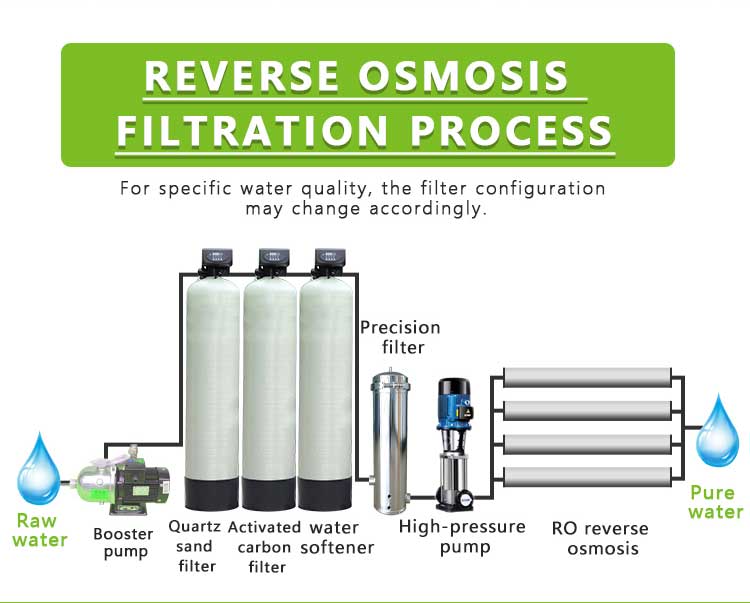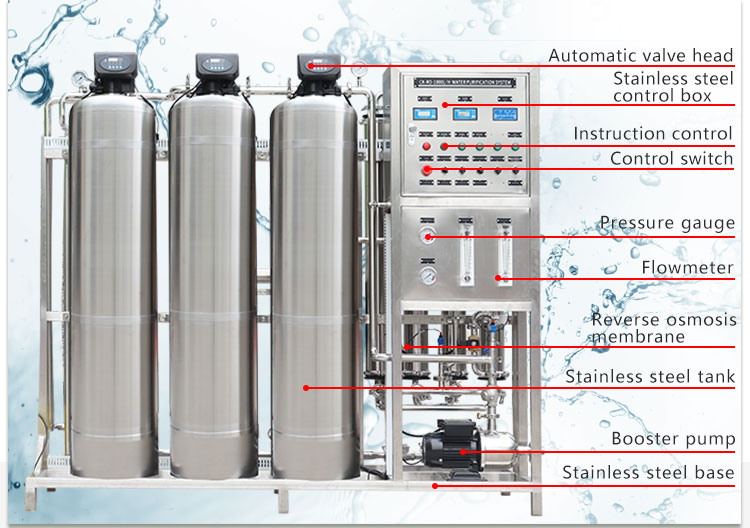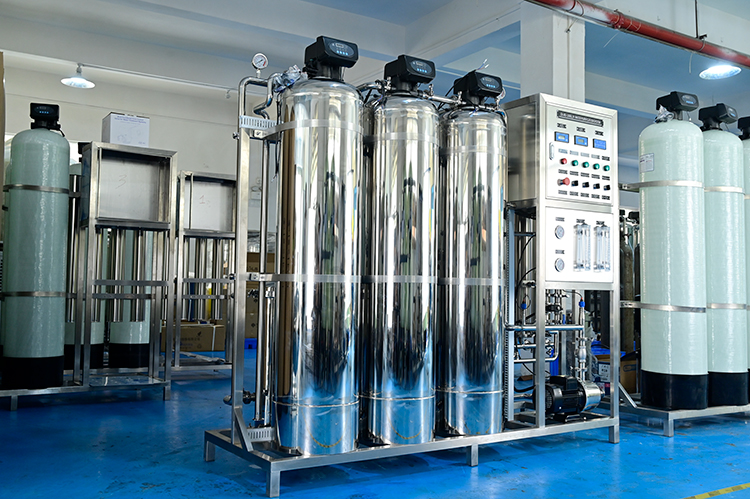Do You Need to Add Minerals to Reverse Osmosis Water?
As concerns about drinking water quality and health grow, reverse osmosis water purification systems are becoming increasingly popular in homes and commercial settings. However, does reverse osmosis water need to have minerals added? This question is of interest to many because reverse osmosis water purification systems remove dissolved solids, heavy metals, and other contaminants from the water through a semipermeable membrane, but they also remove minerals from the water. In this article, we’ll look at whether reverse osmosis water requires added minerals and explore the impact of different options.

Do You Need to Add Minerals to Reverse Osmosis Water?
Reverse osmosis water removes impurities, heavy metals and other harmful substances from the water during the filtration process, and also filters out minerals. Minerals are essential for optimal body function, including calcium, magnesium and other trace minerals. These minerals play an important role in maintaining bone health, nerve function, and muscle activity.
In order to replenish the minerals lost in reverse osmosis water, many people choose to remineralize RO water. This method restores essential elements lost during reverse osmosis filtration without adding impurities. The process of remineralization can be achieved by adding specially designed mineral supplements or using mineralizing filters. Mineralized filters typically contain minerals, such as calcium and magnesium, that dissolve in water as it passes through the filter, restoring the mineral content of the water. Additionally, some people may choose to mix reverse osmosis water with mineral water or water containing natural minerals to increase the mineral content. This method can provide more micronutrients to the drinking water and keep the body healthy.
Reverse Osmosis Water Remineralization and Health
1. Restore essential elements: Calcium, magnesium and other trace minerals are removed from the water during reverse osmosis filtration. Adding minerals restores these essential elements and ensures healthy water quality.
2. Maintain nutritional balance: Minerals are essential for various physiological functions of the human body, such as bone health, heart function, and muscle contraction. By adding minerals, you can help maintain nutritional balance.
3. Improve the taste: After reverse osmosis water is remineralized, the taste is closer to natural mineral water. This water quality is generally preferred by people.
4. Health Benefits: Reverse osmosis water with added minerals may have health benefits because it contains micronutrients that help support bone health, cardiovascular health, and more.
However, the need for added minerals also depends on personal preference and health needs. Some people may prefer purified water, while others are more focused on the mineral content of the water. When choosing whether to add minerals, the decision can be based on personal needs and preferences.

What is the difference between reverse osmosis water and other drinking water?
The main differences between reverse osmosis water and other drinking water are its filtration process and mineral content. Reverse osmosis water filters out impurities, heavy metals and harmful substances in the water through the reverse osmosis system, making the water purer. However, this process also filters out minerals from the water.
In comparison, other drinking water, such as mineral water or spring water, is usually rich in natural minerals. These come from underground or natural sources and are often untreated or simply filtered, thus retaining the minerals and micronutrients in the water.
Tap water is usually sterilized and filtered, but mineral content may vary. The quality of tap water depends on the water source and local treatment standards. Tap water in some areas may have higher mineral content, while tap water in other areas may have lower mineral content.
How to add minerals to reverse osmosis water?
There are many ways to add minerals to reverse osmosis water, and you can choose the method that suits your personal needs.
1. Mineral filter element: The mineral filter element can be installed at the outlet of the reverse osmosis system to add minerals to the water as it passes through the water. This method is simple and convenient, and can restore calcium, magnesium and other minerals in the water.
2. Mineral Blocks: Mineral blocks usually consist of compressed mineral granules that can be placed in a water bottle or pitcher. As water passes through the mineral block, it absorbs the minerals within it.
3. Add mineral supplements: There are special mineral supplements on the market that can be added to reverse osmosis water according to the instructions. This method allows for precise control of mineral concentrations.
4. Use mineral water: A simple method is to mix mineral water with reverse osmosis water to increase the mineral content. This method is suitable for people who want to obtain the natural mineral water flavor.
When choosing a method for adding minerals, your decision should be based on your individual water quality needs, taste preferences, and budget. No matter which method you choose, ensuring safe and healthy water quality is critical.

Summary: Whether minerals need to be added to reverse osmosis water depends on personal health needs and taste preferences. Adding minerals restores essential elements lost during the reverse osmosis filtration process, helping to maintain health and balance in the body.
By understanding how to add minerals to reverse osmosis water and its potential health benefits, you can make more informed decisions to ensure high-quality drinking water. No matter which method you choose, ensuring safe and healthy water quality is always the top priority.




